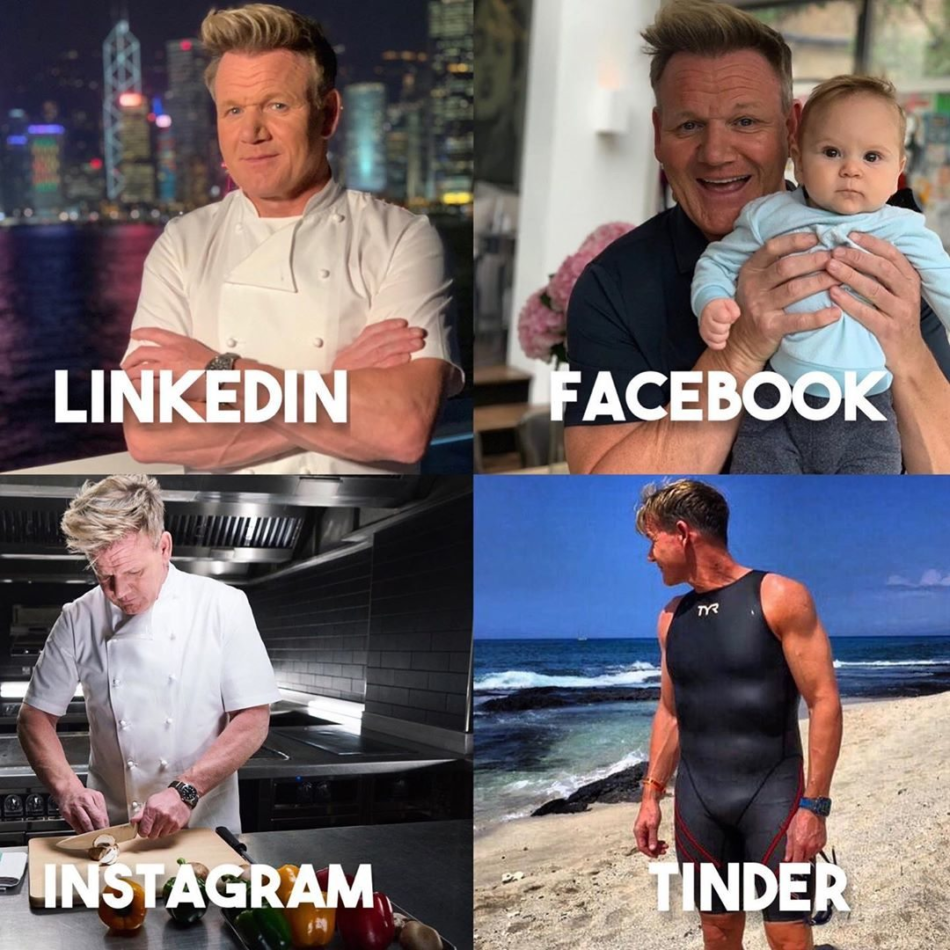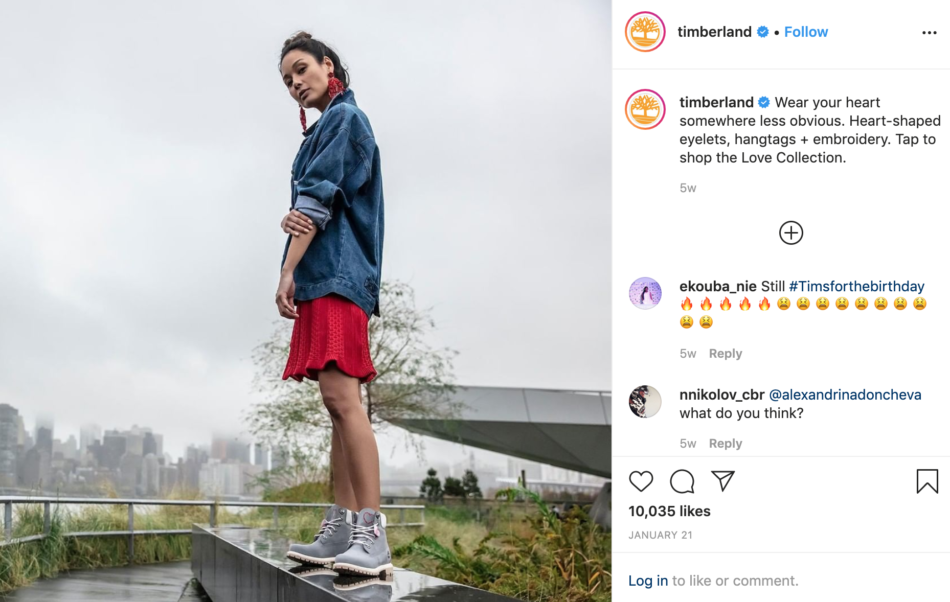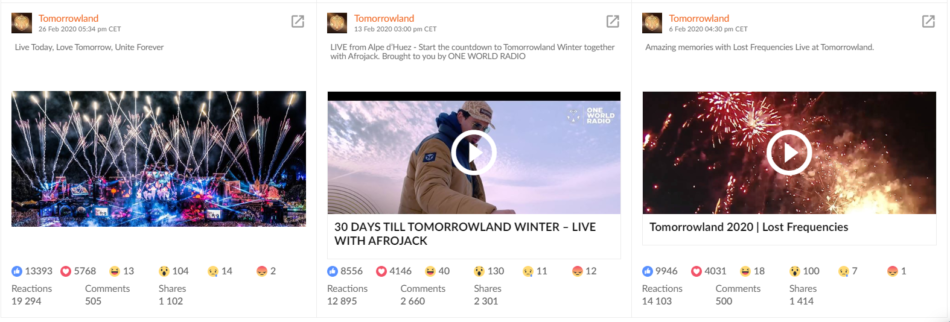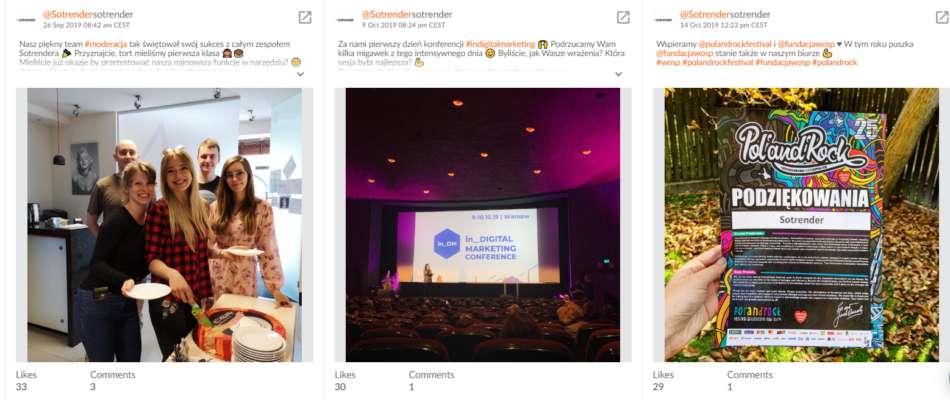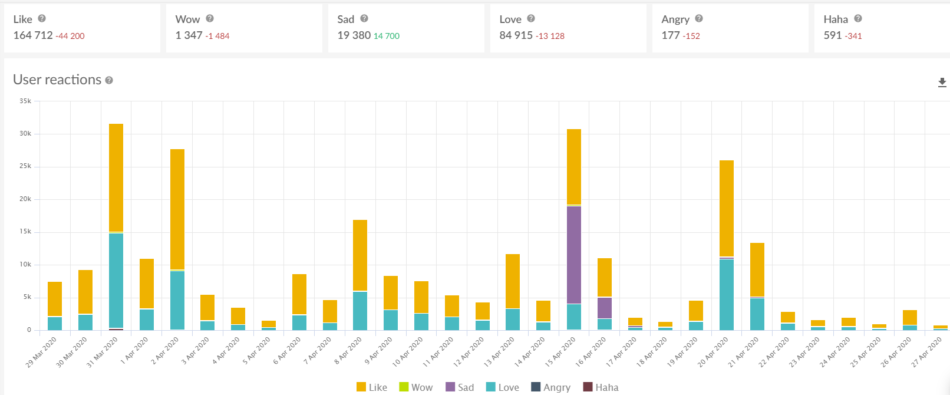The distinctive feature of social media content is that every single post is a story. That’s why social media copywriting is your number one tool to ensure both engaging and valuable messages behind each piece of content on your business’ profile.
However, each of your social media channels has its own specific tone so one text will never suit every channel. Copywriters have to remember that each social media has a different purpose and user base, so you should write copy for them accordingly.
In this article, you’ll learn how to start with social media copywriting and how to write for Facebook, LinkedIn, and Instagram.
Social Media Copywriting: Where to Start
Being a social media copywriter can be a lot of fun. You can post images, videos, and other interesting content, and interact with people from all over the world via comments.
It’s not hard to use social media, either. After all, we all visit at least one social media platform every week, so we have some idea about how it works.
That’s why social media copywriting seems to be a piece of cake, although it’s not.
Copywriting for social media can be a challenge. There are ever-changing algorithms and topics, trending content you need to consider, and other aspects that you need to keep up with.
Not to mention the competitors. There are about 60 million business pages on Facebook, for example, and many of them share high-quality content regularly.
I’ll discuss the most common mistakes social media copywriters make. Let’s make sure that you start off on the right foot and write the copy people would want to stop and take a look at.
Social Media Copywriting: Common Mistakes
There are a lot of mistakes to be made, folks, and even professional copywriters sometimes fall victim to these:
- Treating all social media platforms the same. Never hurts to repeat this one. In fact, the recent Dolly Parton challenge illustrates this beautifully
Here’s how Gordon Ramsay sees the difference, by the way.
- #Don’t #Hashtag #Everything. Hashtags are cool, but when a copywriter tries too hard by hashtagging everything, it’s simply unnecessary
- Not paying attention to trends. Social media content is all about new trends, so if you don’t do your homework researching what’s hot at the moment, chances are that your content won’t generate the kind of engagement you’re looking for
- Not engaging with social media users. Of course, this doesn’t mean responding to every comment your posts receive but still take time to reply to the ones you find most interesting. An easy way to check comments in one place is with social inbox tools like Sotrender that keeps track of comment history and updates it in real-time
- Not using a social media calendar. Relying on inspiration isn’t a good idea for social media copywriting. Create a spreadsheet with the lists of posts and dates to be consistent.
Okay, how do you feel now? With these tips, you already know how to avoid wasting tons of your time on writing something that produces no results.
Copywriting Tips for Facebook
Let’s begin with Facebook, the most popular one.
Focus on the Benefits for People
This is a classic that works. About 39 percent of Facebook users say they follow business profiles specifically to receive updates and special offers.
This applies to businesses in all industries. For example, in this post, Best Buy shares the news about the opportunity to pre-order the new Samsung Galaxy model.
Notice how the copy begins with the call-to-action and then goes to one of the most exciting features of the product: the camera. Then, the copywriter finishes strong by giving the viewer a hint about how the camera can be used.
That’s it.
If your business isn’t as well known as Best Buy, then you need to up your game by being even more customer-centered and specific.
HelloFresh, for example, does a great job of linking the promoted content and the benefit for the consumer. Not only that, but the copywriter also uses a question to address the audience to make them stop and take a look.
Also note that HelloFresh uses branded hashtags, which is another way to make it easier for people to memorize the content and search for it.
Check out this guide to Facebook Hashtags for marketers if you need tips on when and how to use them.
Keep it Short and Sweet
As you’ve seen in both examples, the copy only contains two sentences. Even though there’s no universal formula of the best-performing post copy for Facebook, be sure to limit it to 4-5 sentences.
People see a lot of content every day, so it’s important not to make it difficult to read what you have to say.
Use Active, Natural Language
There’s no point to get technical, so try to write your messages in an easy-to-read, conversational way that people use in their everyday language. Rewording tools can be really helpful to turn sentences from complex to simple in just a few seconds.
This way is also great for making call-to-actions naturally.
For example, in this Airbnb post, the copywriter used “Spend” and “Enter” as action-oriented words to invite Facebook users to invite them to apply to win a trip to Verona.
Copywriting Tips for Instagram
Okay, Instagram is first and foremost visuals, but they should be accompanied by great captions.
Here are the most important things to keep in mind for engaging Instagram copywriting.
Include a Call-to-Action
A great way to maximize the potential of Instagram posts to attract attention is to write a compelling and sweet call to action.
For example, Timberland says “Tap to shop the Love Collection.” it’s not pushy or obnoxious, plus redirects the user to the product.
While not every post might have a CTA, make sure to include it wherever you need your audience to take action. The best way to determine the lengths and anchor texts is, of course, with experimentation, but make sure to limit the CTA sentence to ten words.
Use the “Question + CTA” Formula
This is one of the templates for Instagram copywriting for maximizing engagement.
The first part asks a question.
The second part shows how to take action.
Why ask the question?
Here’s how it works:
What’s your favorite color?
What was the first thing that popped into your head after reading this question? It’s quite possible that you immediately thought about your favorite color. When asked a question, it begins to search for answers right away. This mental reflex is called instinctive elaboration. As a result, it simply can’t contemplate something else for that brief moment.
Okay, as for the second part, guide the reader to the action you need them to take. You’ve grabbed their attention with the question, so the next step is to make them convert.
Here’s an example from Deloitte.
Use Hashtags at the end of the Caption
If there’s no way to include a hashtag in the caption naturally, use them at the end of the text. This makes it more prominent and easier to read.
But don’t overdo it: don’t go for more than four hashtags.
Copywriting Tips for LinkedIn
LinkedIn has become a top platform for professional distribution of content, so there’s a couple of important things to keep in mind when writing content.
Make Every Word Count
First and foremost, LinkedIn is a network for professionals, who are often time-pressured. That’s why your content should provide a quick payoff.
The main goal of each sentence should be an actionable tip that has some value for the intended user. This doesn’t necessarily mean writing a bunch of text; it rather means it’s important to make every word in the copy count.
Take a look at this example. Every sentence is all about the benefits for the intended customers – make your business data-driven – and reduces the hesitation by saying that the free trial is available.
The copywriter makes every word count with a short, reader-focused copy, which is good for attracting the attention of a busy decision-maker browsing through their feed.
Use an Informal and Confident Tone
Even though LinkedIn is a professional network, it doesn’t mean that your writing should be boring.
Let’s break this great example from Jack Welch.
He started off with a question, which is a great way to grab the attention of LinkedIn users. The question itself is pretty good, too, because 28 percent of employees say they’re unhappy with their bosses. So it’s relevant for many people.
The next sentence is the question, which is also a tip and a CTA. It’s Jack Welch, so many people will appreciate his advice (just look at the engagement that the post generated). The closing sentence is another tip that talks about what to do when the manager says that the employee’s career is not important to them.
The post ends with an even better tool: a video with an expanded interview on the question.
This approach is great because the copy sounds confident and gives actionable advice for the reader. Plus it’s short, so chances are good that people will read it to the end.
Analyze your results to improve your copy
One more thing for you, though: instead of hoping for the best engagement for your posts, you need to track their performance and see that performs best. For that, you need social media analytics and social inbox tool like Sotrender.
Analyses like this make it possible to draw meaningful conclusions from these examples. By checking these metrics, you will determine what posts resonate with your audience. You can then allocate your time and energy into creating more content relevant to their interests. Using Sotrender, you be able to:
- Find out what posts your audience engaged with the most
- Learn when your audience is primarily active on the platform and when you should post
- See how your strategy’s impact has changed over time (with a minimum of 90 days of historical data)
Here’s an example of what this looks like for a Facebook profile.
The same goes for Instagram.
And here’s what you can find out about how your audience interacts with your content.
By tracking social media analytics like impressions, engagement, follower growth, website traffic, shares, and conversions, you’ll know which copy works the best. If you’d like to know more, here’s a guide on how to use analytics to improve social media copywriting.
Social Media Copywriting: The Bottom Line
Social media copywriting is an approach to tailor your copy to each channel. Great text is what differentiates engaging posts from the rest, and it should reflect the style and audience that uses the channel.

